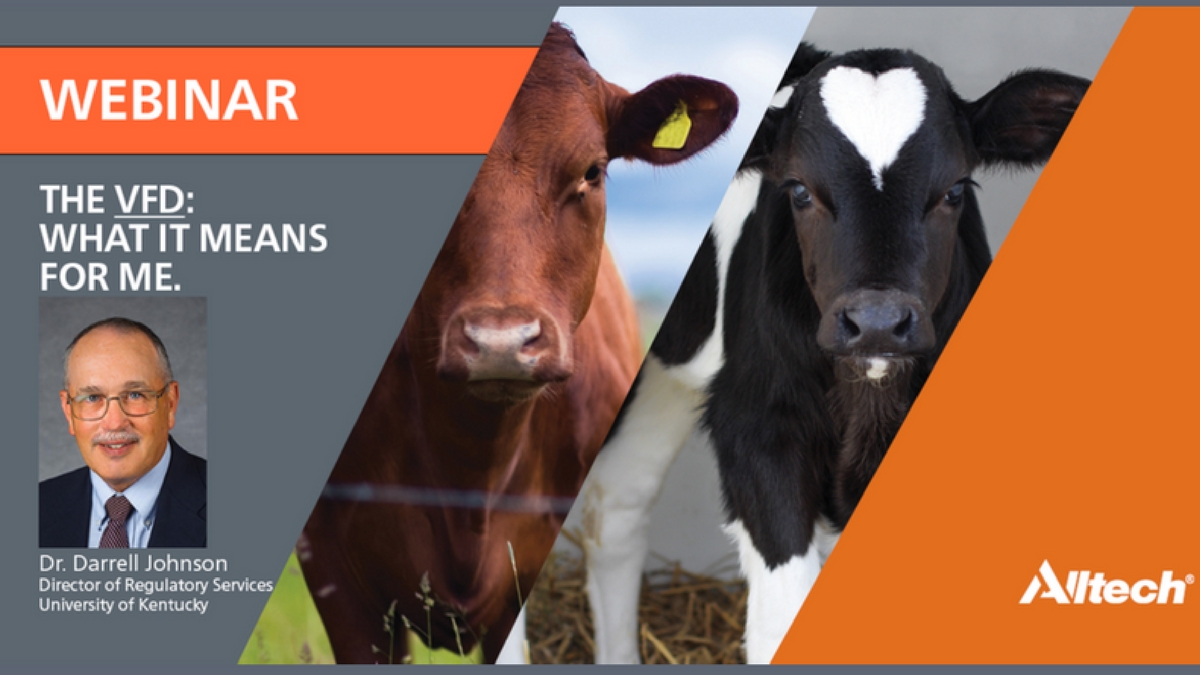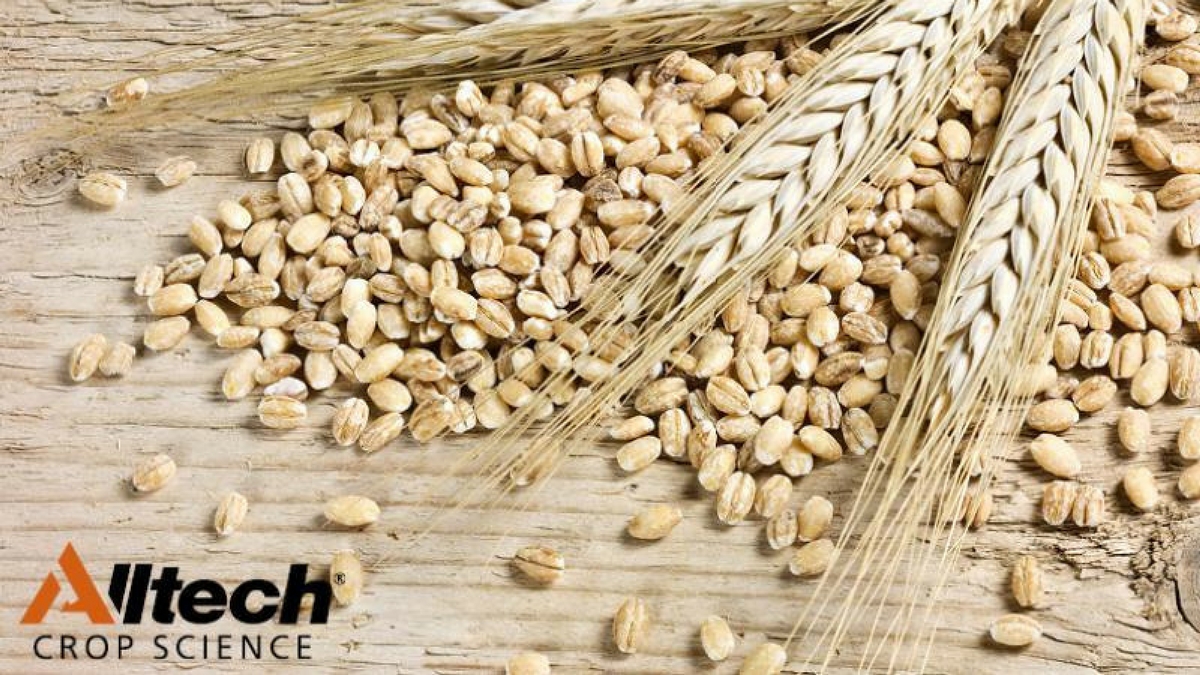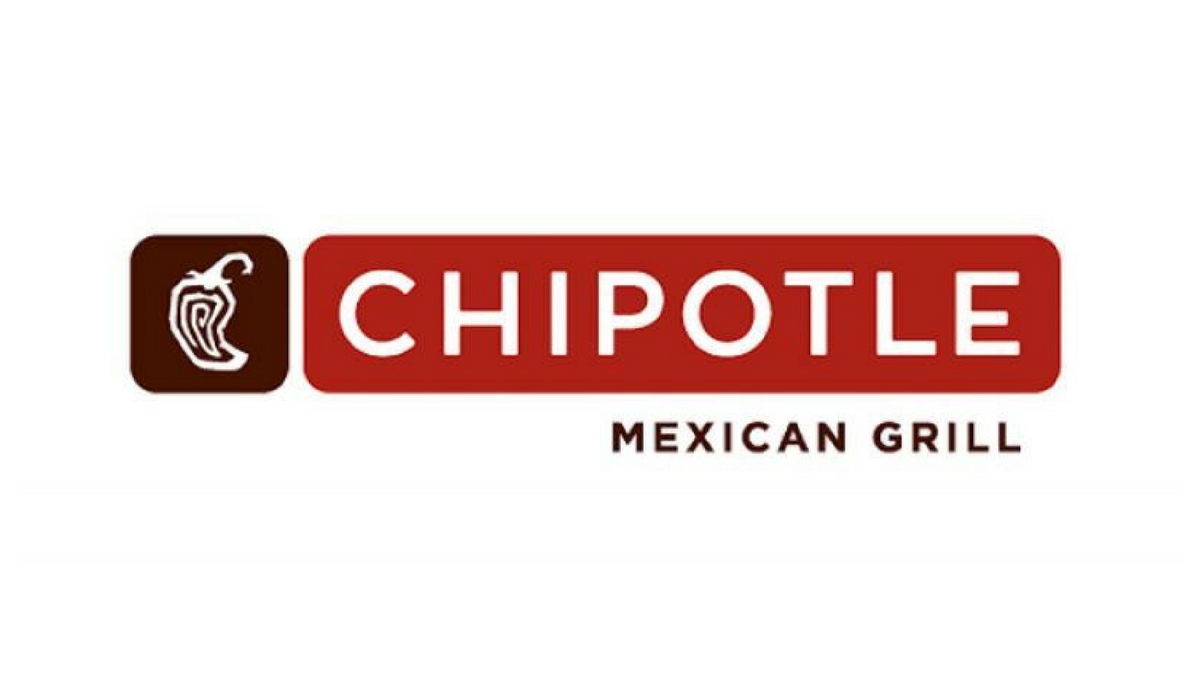What does the Veterinary Feed Directive mean for me?
The way producers use and purchase antibiotics has begun to change, with further regulations from the Veterinary Feed Directive (VFD) going into effect Jan. 1, 2017. What restrictions are being put into place? How will they affect producers? What do you need to know to be prepared? Dr. Darrell Johnson, director of regulatory services at the University of Kentucky, shared all you need to know in the webinar “What does the VFD mean for me?” Here, we look at some of the highlights.
Antibiotic usage has traditionally had four purposes: treatment, control, prevention of illness and low-level feeding to promote feed efficiency. Moving forward, feeding antibiotics for feed efficiency will be eliminated completely, and only on-label use of antibiotics will be allowed. Antibiotics for the first three reasons listed above will be allowed, but only with a veterinary feed directive if in feed or a prescription if in water. Injectables are not affected at this time.
The Centers for Disease Control and Prevention found in a 2013 report that half of prescriptions given to humans are unnecessary. This misuse contributes to growing antimicrobial resistance as bacteria become resistant to drugs to which they are exposed. Though it is uncertain what role antibiotic use in livestock production plays in the overall problem, the FDA is already taking preventive action regarding antibiotic use in livestock, targeting drugs that are medically important to humans.
Veterinarians will begin to play an even more critical role than before in the feeding of antibiotics through feed or water, since the status of many antibiotics will be changed from over-the-counter to prescription or veterinary feed directive only. The goal is to keep veterinarians involved in decision making about the feeding of these drugs, even though a veterinarian is not required for their administration.
Antibiotics affected by the U.S. Veterinary Feed Directive
Starting Jan. 1, 2017, the following antibiotics will require a prescription:
|
|
|
|
|
|
|
|
|
|
|
|
|
|
|
|
|
7 key takeaways
- As of Jan. 1, 2017, claims for production and feed efficiency on veterinary feed directive medications will be eliminated.
- Sales of these drugs will require a veterinary feed directive if going into feed and a prescription if going into water.
- Feed companies and distributors will have to register with the FDA if distributing veterinary feed directive feeds.
- Veterinarians must prescribe the veterinary feed directive and retain the original copy, and both client and distributor must maintain a copy for two years.
- Veterinarians must have a valid veterinarian-client-patient relationship to write a veterinary feed directive prescription.
- Veterinary feed directive prescriptions may be sent to distributors by veterinarians or by hard copy delivered by clients.
- Manufacturers of the drugs will assist vets and feed companies with the paperwork.
Because of these changes, it’s more important than ever to learn about options and opportunities to help maintain health and growth in livestock. Bio-Mos® and Actigen® are unique feed supplements of the yeast Saccharomyces cerevisiae, which benefits dairy cattle by fundamentally maintaining gut health and stability. To learn more about non-antibiotic options, contact your local Alltech office.
Click here to view the webinar.
For more information, visit:
University of Kentucky Division of Regulatory Services: www.rs.uky.edu
Feedstuffs: http://feedstuffs.com/vfd.aspx
FDA Website: http://www.fda.gov/AnimalVeterinary/DevelopmentApprovalProcess/ucm071807.htm
Downloadable poster: http://www.rs.uky.edu/regulatory/feed/vfd/vfdnotice.pdf

<p>Dr. Darrell Johnson, University of Kentucky, explains what beef and dairy producers need to know about the U.S. Veterinary Feed Directive.</p>




















